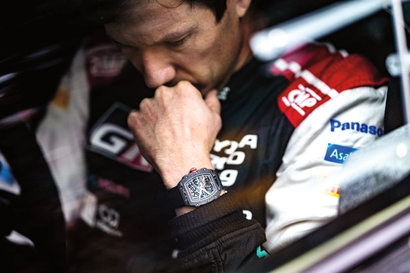As one who’s had his head lodged firmly in the luxury watch ether for the better part of his adult life, I am frequently asked for disclosure of my favourite watch brand, or indeed of my favourite watch, as if such singularity were possible and, furthermore, could be flushed out under mild duress.
To the routine disappointment of the inquisitor, such revelations do not exist. And thank goodness. How unfortunate it would be to settle upon the timepiece nonpareil, when there is so much glorious variety out there for a gentleman of taste to indulge in.

But that gentleman has to start somewhere. Just how does a would-be watch collector decide on his first watch? And how then does he build a collection? What pitfalls should he avoid? Can he make money from a watch investment? And what’s this business of pre-owned watches?
At the outset, the equation is always reassuringly simple. When it comes to buying a first luxury watch, you need to consider only two things – aesthetic and price. Buy something you like for the kind of money you can afford. Saddling yourself with a massive debt on a modish timepiece you may go off in a year or two is a mug’s game.
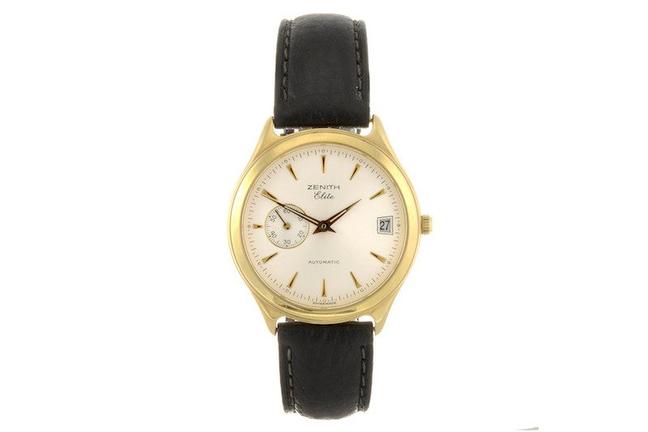
In practice, this means beginning your horological odyssey with one of the great mechanical (not quartz – never quartz) steel watches. Look back through the style archives, and you’ll quickly discover the same designs keep cropping up: Rolex Oyster Perpetual, Cartier Tank Louis Cartier, Omega Speedmaster Professional, TAG Heuer Carrera – each an iconic piece of design that has survived the judgement of generations of watch buyers.
Looked at from another vantage point, this means steering clear of colourful, experimental, flash-in-the-pan watches from lesser-known brands. The tides of fashion will dampen your enthusiasm for them sooner or later, and if ever you need to sell your watch – and let’s hope that’s never the case – it will help if it’s a timeless classic, the kind others will want to buy. The time for picking up those more obscure, whimsical pieces comes later.

Once armed with your iconic steel slice, your mind will turn to further acquisitions. At this juncture, it’s important to understand that it’s perfectly possible to build a modest, entirely serviceable watch collection without becoming a watch bore. To your classic, you might add a slim-line gold dress watch, such as a Zenith Elite Ultra-Thin or a Jaeger-LeCoultre Master Ultra-Thin.
And if you’re a regular traveller, consider a second time zone or worldtime watch to accommodate your need to be in more than one place at a time. Montblanc’s Heritage Chronométrie Dual Time or Breitling’s Transocean Chronograph Unitime are both functional, classic and reasonably priced candidates in the category.
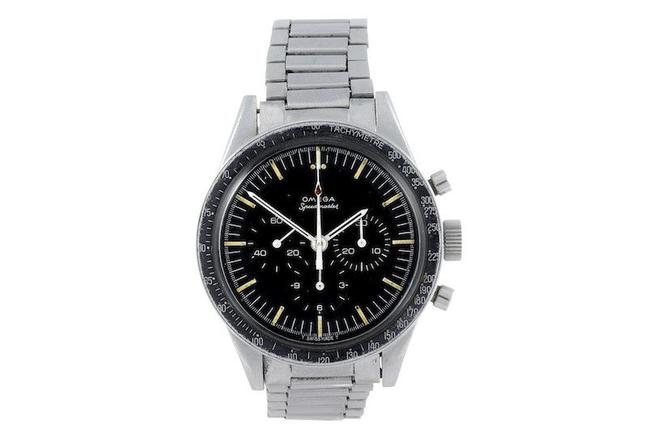
Beyond that, you may wish to consider your portfolio of extra-curricular activities – a Tudor North Flag for the more adventurous type; a Bremont MBII for the flyboy; a Blancpain Fifty Fathoms Bathyscaphe for those inclined to dive; an IWC Portuguese Chronograph if you cook a lot of pasta… Contemporary watch collections are awash with watches designed for a purpose beyond displaying means and taste.
If you are successful, in time you may come to afford watches from the finer climes of haute horlogerie, or fine watchmaking, where you’ll find the great names of the Swiss watch industry – Vacheron Constantin, Audemars Piguet, Breguet, A. Lange & Söhne and Patek Philippe among them – and the more traditional mechanical complications.
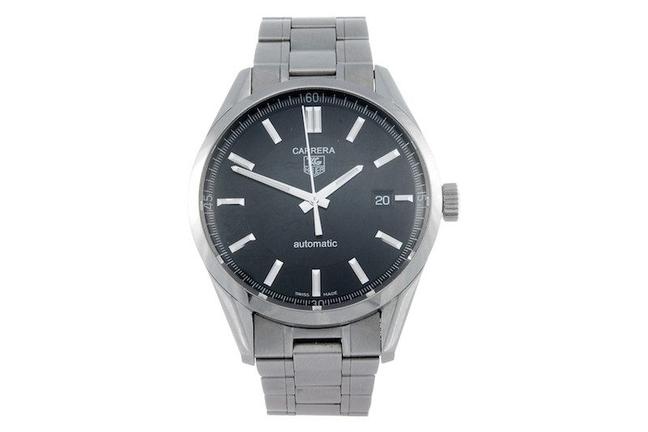
We’re talking perpetual calendars that keep track of the date without need for adjustment, even in leap years; minute repeaters that chime the time on demand; split-second chronographs that can time two events that start at the same time but finish independently of one another; and many more besides. Such delicacies tend to be the preserve of style arbiters and watchmaking connoisseurs, not to mention the deep of pocket.
But it may be that your collecting habits are not quite so even-handed. Not that this is a problem. Many collectors pinpoint a style, era or function. I know of one collector who has more than 50 sports chronographs from the 1960s and 70s, many of them obscure – the more outlandish, the richer the collection, in this case.
Many of his were bought at auction, or from pre-owned retailers. Both offer a perfectly legitimate route into watch ownership, and often throw up unusual if not rare timepieces that could gain value over time – but you’d be wise to hitch yourself to an expert before you commit, particularly at auction. Pre-owned standards, while we’re on the subject, have improved dramatically, and it’s no longer unreasonable to expect a two-year warranty with a purchase.
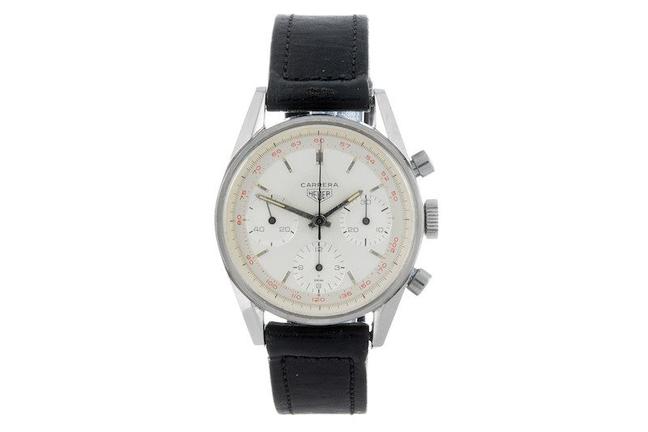
Two words of warning for the novice watch collector. First, don’t expect to make money on a watch collection. Not that you can’t or won’t, but be prepared to lose half the value of your luxury watch over the first year or two, unless it’s a rare or hard-to-source piece like a steel Rolex Daytona (which can sell for more at six months than when new). Second, beware of maintenance costs. For all the technical innovations of the last decade and more, modern mechanical watches still need servicing every five years or so, with costs rising from hundreds into thousands as a watch becomes more complicated.
If when you’ve done all that you can honestly tell me you have a favourite brand or watch, come and talk to me. Either you’ll have stumbled upon watchmaking nirvana, or you’ll be mad. My bet is on the latter.

Become a Gentleman’s Journal Member?
Like the Gentleman’s Journal? Why not join the Clubhouse, a special kind of private club where members receive offers and experiences from hand-picked, premium brands. You will also receive invites to exclusive events, the quarterly print magazine delivered directly to your door and your own membership card.
